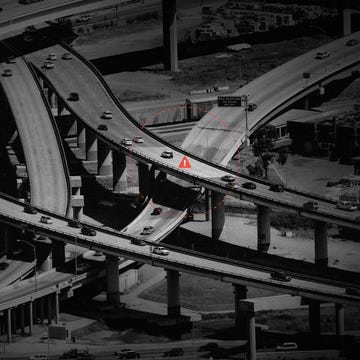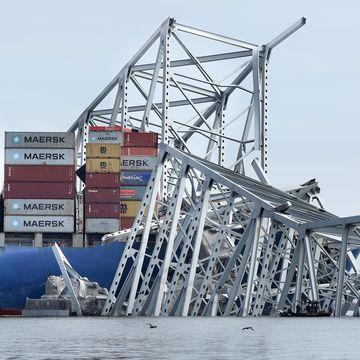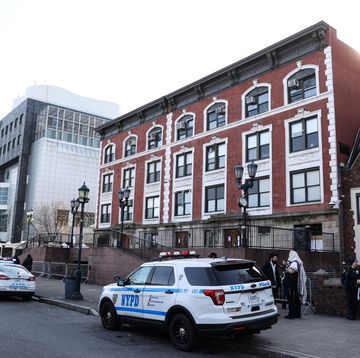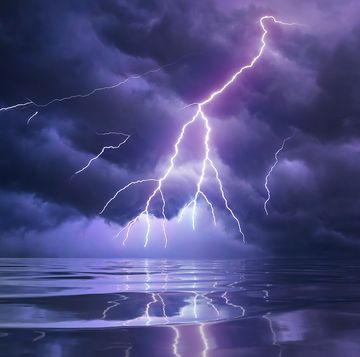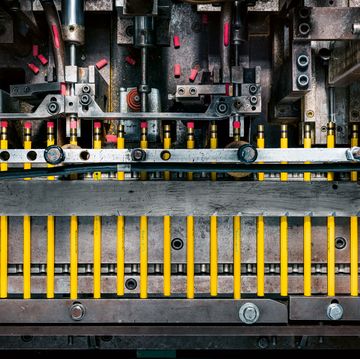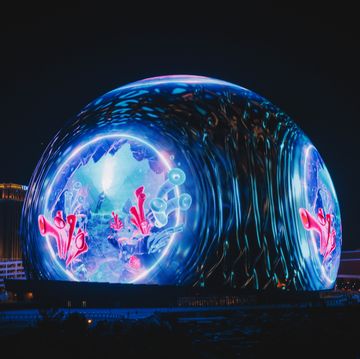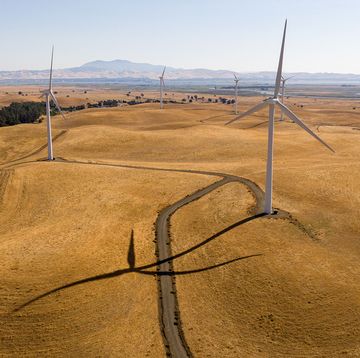Rural broadband access is a significant issue, especially in isolated communities. When Orcas Island in Washington had enough of its service provider, CenturyLink, the community decided to eschew CenturyLink and build its own broadband Internet.
Jon Brodkin at ArsTechnica has a detailed breakdown of how it came to be, and how Orcas Island put it together. After suffering for a long-time with subpar Internet speeds – down to 700kbps or less at the lowest points – a 10-day outage finally broke the community's relationship with CenturyLink, especially as the company was slow to repair the connection.
The community-built Internet, called Doe Bay Internet Users Association, involves a complicated system to deploy the Internet. Essentially, an antenna on top of the water tower communicates with a mainland radio tower, communicating via microwave. From there, it's distributed to individual radio units on trees and houses, where serve as wireless service points.
It can still come at a high cost to island residents, who pay about $75 a month on top of a $150 membership fee in order to pay down the loans to build the $25,000 infrastructure project. It's an interesting project to bridge the rural broadband divide, and Brodkin's write-up is wonderfully detailed. Give it a read.
Source: ArsTechnica


